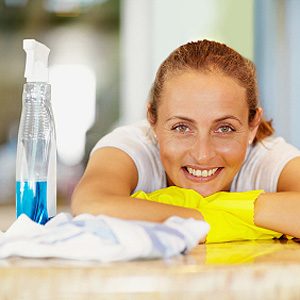
1. Almost-Free All-Purpose Cleaner
Why buy an antibacterial spray cleaner if you can make one in less than five minutes? Combine 1 cup rubbing alcohol, 1 cup water, and 1 tablespoon white vinegar in a spray bottle. Spritz on kitchen surfaces including tile and chrome, wipe off, and watch how quickly the germ-killing polish evaporates.

2. Add Vinegar to Your Mop Water
Add a few drops of white vinegar to your mopping bucket to remove soap traces. If the floor is linoleum or vinyl tile, add a little baby oil to the mop water to bring a soft gleam to the surface – a mere 1 or 2 capfuls at most, or you’ll turn the floor into a skating rink.
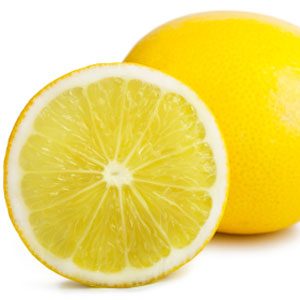
3. Lemon Stain Lifter
Getting that tomato sauce stain off your countertop or cabinet is easier than you think. Simply wet the stain with lemon juice, let sit for 30 minutes or so, and then sprinkle baking soda on the abrasive side of an all-purpose kitchen sponge and scrub the discoloured area. Most stains will vanish, and your kitchen will smell fresher.
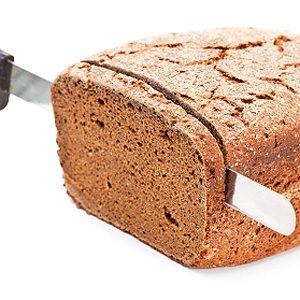
4. Erase Pencil Marks with Rye Bread
Remove your young Picasso’s kitchen wall pencil sketches with a slice of fresh rye bread (seeded or not). An art-gum eraser can also erase the marks, without the thrill.
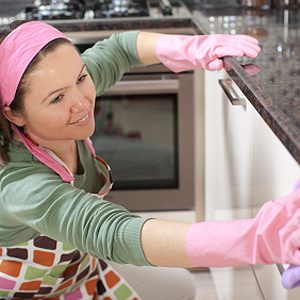
5. Dynamic Grease-Busting Duo
The chemistry between baking soda and vinegar is so powerful that this combo can flush grease out of kitchen drains. Just pour ½ cup baking soda into a clogged drain and follow it with ½ cup white vinegar. Cover the drain for a few minutes as the chemical reaction dissolves the grease – then flush the drain with warm water. A caveat: Never use this method after trying a commercial drain cleaner; the cleaner could react with vinegar to create dangerous fumes.

6. Bleach Painted Walls
Mix a solution of 4-litres water and ½ cup chlorine bleach to give your kitchen walls a brightening sponge-down after frying or sautéing.
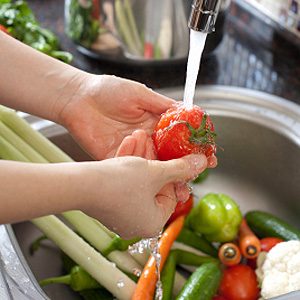
7. Sterilize Your Sink
Germs can hang around in your sink on microscopic food particles. To kill them off, fill a spray bottle with full-strength rubbing alcohol. After you finish washing dishes, spray the sink with alcohol and then rub it down with a clean dishtowel or paper towel.

8. Wash Away Wallpaper Grime
If your kitchen walls are covered with waterproof wallpaper, remove excess dirt with a vacuum cleaner, then wash the walls with a solution of ½ cup lemon juice, ½ cup dishwashing liquid, and 4 cups water. Before starting, wash a tiny section in an out-of-sight place to make sure the paper will tolerate the mixture.
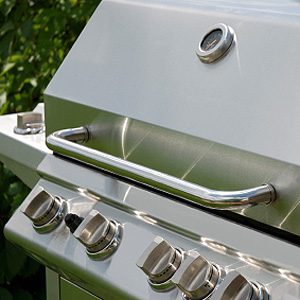
9. Keep Stainless Steel Stainless
Stainless-steel kitchen sinks aren’t quite as immune to stains and marks as their name implies. Here are solutions to various problems:
Rust marks: Rub the area with a drop of lighter fluid and then clean it with non-abrasive scouring powder and water.
Water marks: Rub with a cloth dampened with surgical spirit.
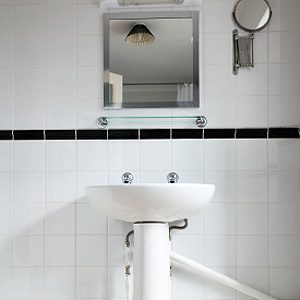
10. Tea Thyme for Porcelain
Charming though they are, porcelain sinks are hard to clean because abrasive cleaners dull (and often scratch) porcelain surfaces. Take the gentle route and clean your sink with fresh lemon thyme tea. Place 4-5 bunches of fresh lemon thyme in a 12-litre metal bucket and fill it with boiling water. Steep for 5-6 hours and strain. Stop up your sink, pour in the tea, and let it sit overnight. When you drain it the next morning, you’ll find a gleaming white sink that smells fresh as, well, a sprig of lemon thyme.